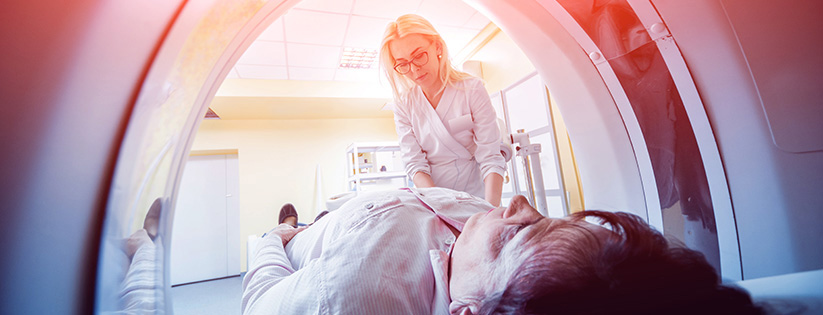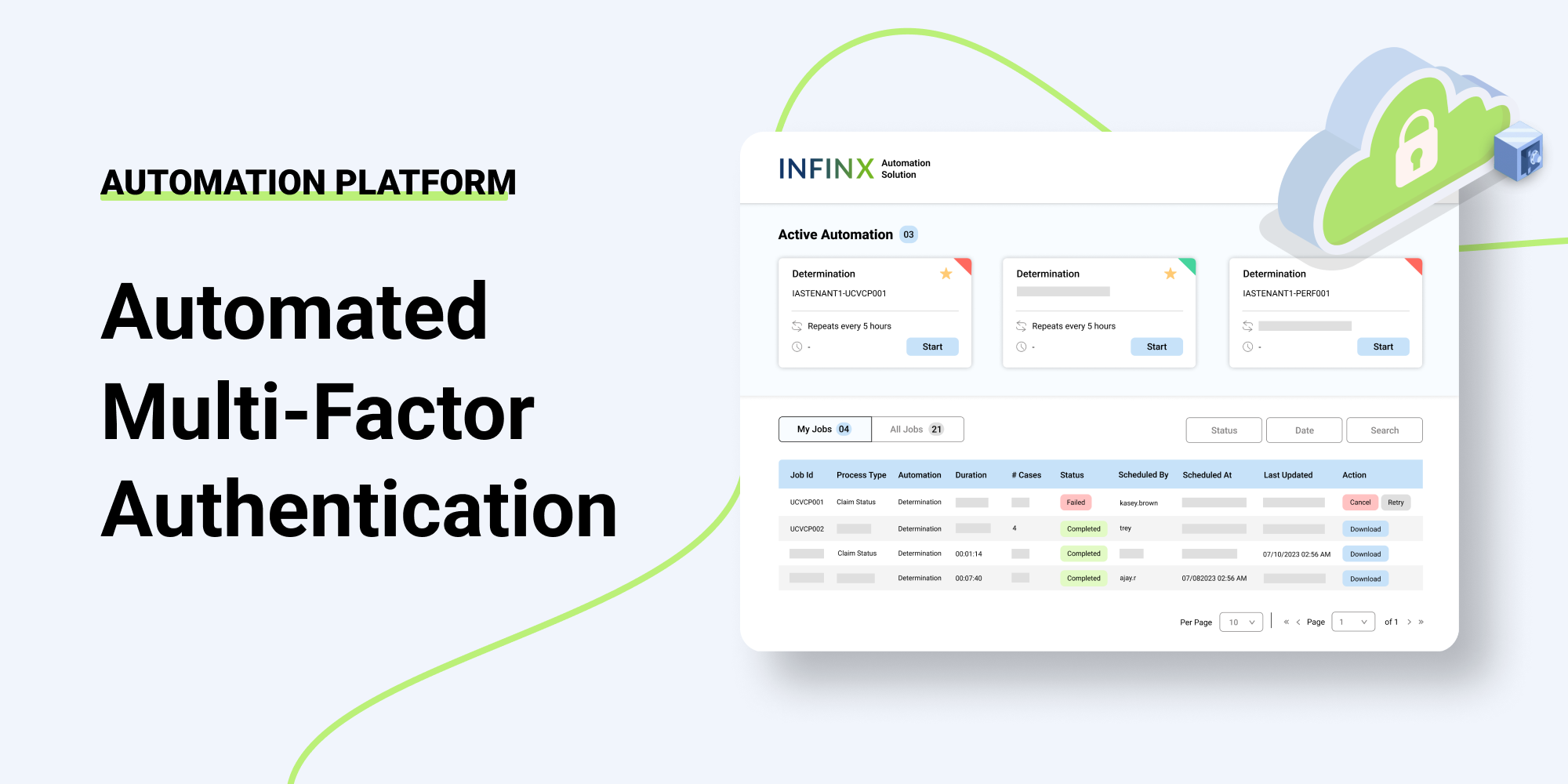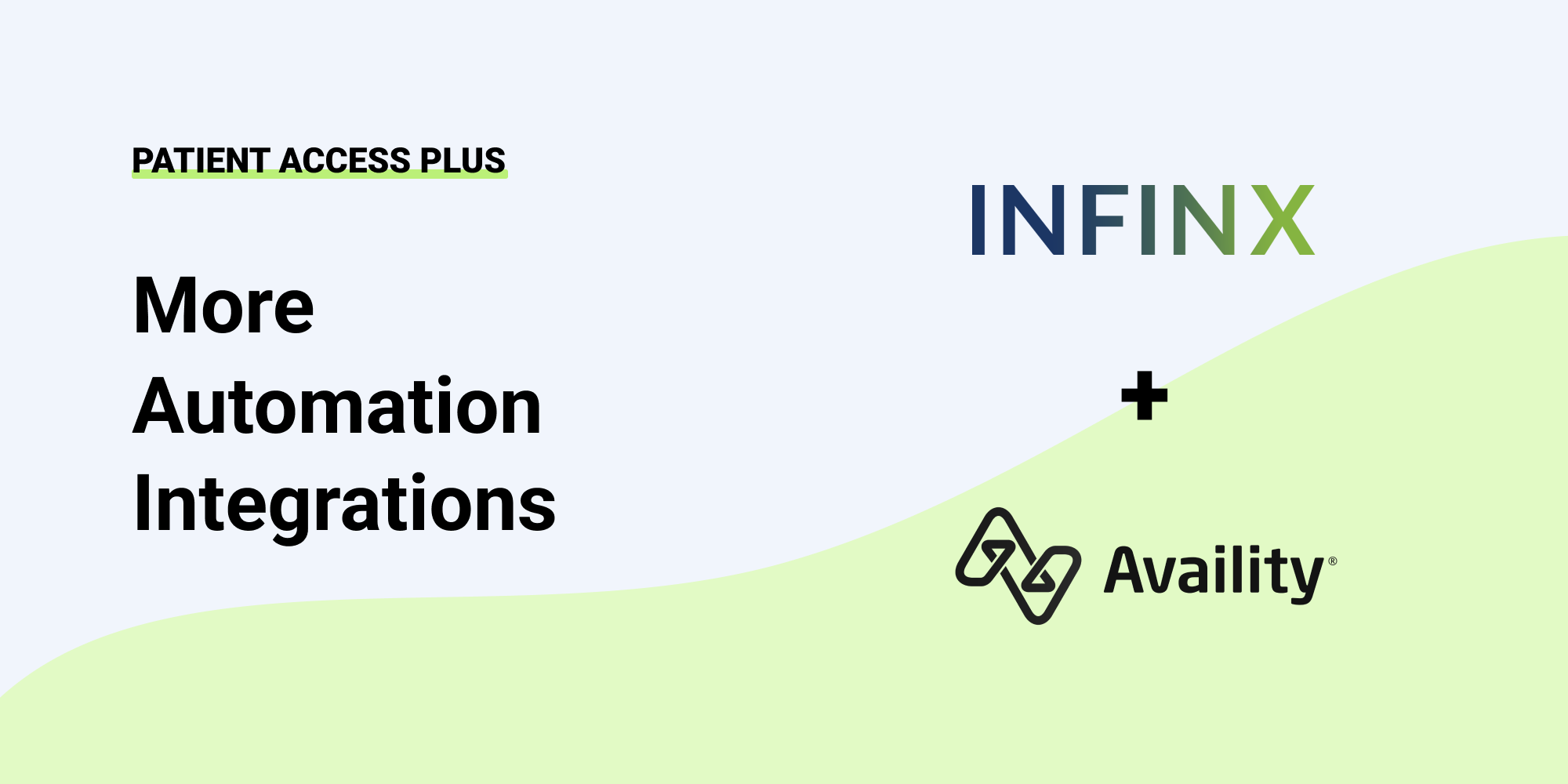Key Takeaways:
-
When examining the overall patient access and RCM workflows, there are several places where burdensome administrative tasks create a log jam.
-
AR reduction is ensured by eliminating days outstanding and claim denials being managed effectively, guaranteeing increased revenue capture.
-
Proactive radiology revenue capture is enhanced exponentially when bringing the strengths offered by AI-driven solutions.
Now more than ever, radiology groups are experiencing additional pressure on revenue capture and are facing unprecedented economic headwinds as we move further into 2021. At the same time, there is a great deal of discussion in the healthcare field about artificial intelligence (AI) and what it can do to improve everything from surgery to revenue cycle management (RCM).
But how does AI fit into the business operations, and what improvements can be expected? Understanding that AI-driven automation delivers maximum efficiency through machine learning and deep data mining; functions that used to take valuable staff time to process (manually contacting insurance companies, hold times, resubmissions, and appeals) now can be accomplished in real-time. Imagine prior authorizations or claims denials being processed in minutes instead of hours or days?
AI-Driven Solutions to Improve Revenue Capture for Radiology Groups
When examining the overall patient access and RCM workflows, there are several places where burdensome administrative tasks create a log jam. Until now, the only solution was to throw more staff hours at the problem, which increased expenses but had only moderate success at actually increasing revenue or the patient experience.
Today, advances in cloud-technology and process automation allow for secure data transfer, and AI brings smart solutions that grow more competent and intelligent over time.
-
Prior Authorizations—Prior authorizations are one of the least automated functions in most healthcare practices. Time is spent on managing the process and can take up to two weeks to complete. When using an automation and AI-driven solution, the prior authorization process can be integrated with a practice’s EHR/EMR system, where a determination engine can instantly identify procedures and tests needing advanced insurance approval.
Once identified, prior authorizations can be swiftly prepared and submitted to appropriate insurance payers electronically with follow-up and resubmission monitored and, if necessary, completed without human intervention. Additionally, with a state-of-the-art dashboard, business staff can monitor patients’ preauths and are notified when scheduling can proceed. As with any function in healthcare, outliers exist (emergencies or complex cases) and could be handled by a certified team off-site.
-
Clinical Decision Support Mechanism (CDSM)—With January 1, 2022, comes mandatory compliance with CDSM guidelines and the use of Appropriate Use Criteria (AUC) as a means of assessing the need for advanced imaging testing. Using an AI-driven, and CMS-approved solution, a radiology group can either proactively or reactively obtain the necessary compliance certificate through an integrated effort with ordering providers.
Sourcing information intelligently through a rich library of AUCs from Qualified Provider Lead Entities (QPLEs), ordering providers would enter the required information through a secure portal. This allows the radiology group to offer a service to the referring physicians that make CDSM certificate compliance easier for all involved and ensures timely reimbursement for Medicare patients.
-
AR Optimization—An AR Optimization solution provides a robust AI-curated knowledge base and machine learning predictive rules capabilities based on payer guidelines and procedures that can determine the next best course of action on unpaid claims.
AR recovery efforts can be laser-focused for business staff, and smart prioritization guides them where their time is best spent. AR reduction is ensured by eliminating days outstanding and claim denials being managed effectively, guaranteeing increased revenue capture.
-
Insurance Discovery—By leveraging AI, machine learning, and deep knowledge of payer specifications, previous bad debt can be captured through the insurance discovery process. Unpaid/uncollected accounts are electronically searched to obtain unknown insurance coverage benefits and then resubmitted to capture revenue.
Revenue is preserved or increased by reducing bad debt roles and improving cash flow by directing recovered revenue owed from coverage patients may not realize exists – often impacting 5 to 10% of bad debt accounts (primarily Medicaid and commercial insurance payers).
Proactive radiology revenue capture is enhanced exponentially when bringing the strengths offered by AI-driven solutions. From swift prior authorizations to optimized ARs to identifying unknown coverage for patients, automation and AI-driven software moves the revenue cycle forward with reduced processing times/expenses and increasing revenue. Long-term, it also enhances the patient experience and allows growth and expansion even during times of uncertainty.
Contact us to schedule a demo to learn more about AI-driven solutions that will improve radiology revenue now and in the future.


